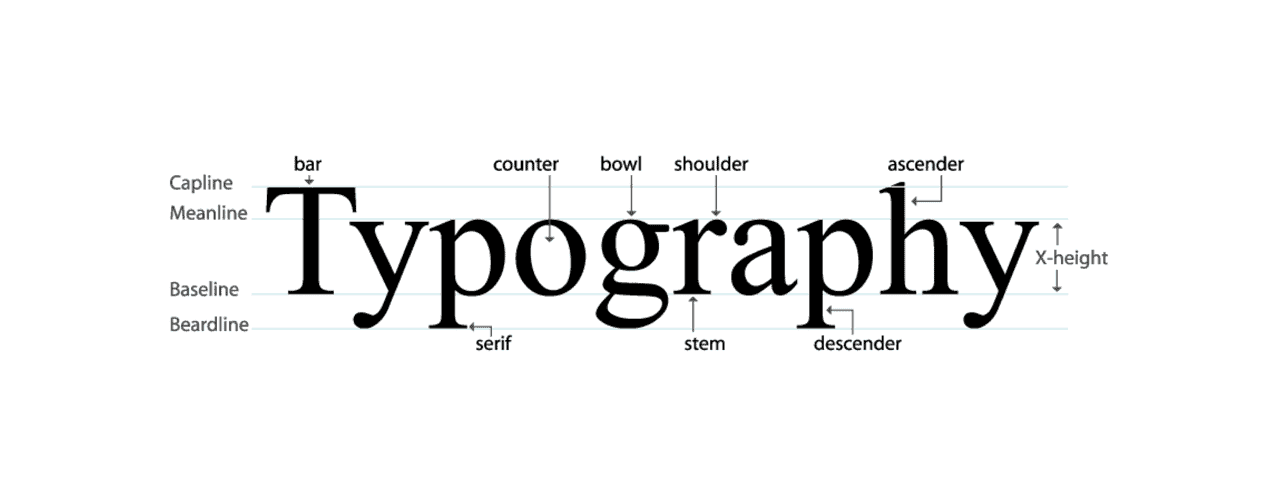CPOpen: Your Gateway to Current Affairs
Stay updated with the latest trends and insights across various topics.
Fonts That Speak Louder Than Words
Discover fonts that transform your message! Embrace styles that captivate and communicate louder than words. Unleash your creativity now!
The Psychology of Typography: How Fonts Influence Perception
The Psychology of Typography is a fascinating area that explores how various fonts can significantly influence human perception and behavior. Fonts are not just aesthetic choices; they convey emotions, establish brand identity, and affect readability. For instance, serif fonts, often used in print, can evoke a sense of tradition and reliability, making them ideal for formal documents. Conversely, sans-serif fonts tend to be seen as modern and clean, often used in digital interfaces to enhance clarity. Understanding these nuances can aid designers and marketers in crafting messages that resonate effectively with their target audience.
Moreover, different fonts can alter the perceived tone of a message. For example, using a playful font might suggest a casual, fun experience, while a bold typeface can instill a sense of urgency and importance. Research shows that typography can even affect consumer behavior, potentially impacting purchase decisions. By aligning your font choices with your intended message and brand identity, you can harness the psychological power of typography to make your content not only more appealing but also more effective.

Choosing the Right Font: A Guide to Enhancing Your Brand Message
Choosing the right font is essential for enhancing your brand message as it reflects your company's personality and values. A well-selected font can evoke emotions, set the tone, and improve readability, making it instrumental in how your audience perceives your brand. For instance, a tech company may opt for a sleek, modern font to convey innovation, while a wedding planning service might choose a delicate, script font to evoke romance and elegance. Understanding your target audience and what you want your brand to communicate is the first step in this important decision.
When selecting a font, consider the following factors to ensure it aligns with your brand identity:
- Legibility: Choose a font that is easy to read across different devices and sizes.
- Personality: Ensure the font reflects the tone of your brand—be it professional, friendly, or quirky.
- Versatility: Select fonts that work well in various contexts, such as print and digital media.
By taking the time to thoughtfully choose your brand's font, you not only enhance your message but also contribute to a cohesive brand image that resonates with your audience.
What Makes a Font Effective? Key Elements You Should Know
When evaluating font effectiveness, several key elements come into play. Firstly, legibility is crucial; a font must be easily readable at various sizes and distances. This means that the letterforms should be distinct enough to avoid confusion, especially in body text. Additionally, typographic hierarchy plays a vital role in guiding readers through the content. Using different font weights, sizes, and styles can help to emphasize important information and create a logical flow in the text.
Another important aspect is branding; the choice of font can significantly impact how a brand is perceived. A font should align with the brand’s personality, whether it’s modern, classic, playful, or serious. Furthermore, consider the versatility of the font. An effective font should work well across multiple formats—print, digital, and social media—ensuring a consistent look and feel. In summary, the combination of legibility, typographic hierarchy, branding, and versatility makes for a truly effective font.